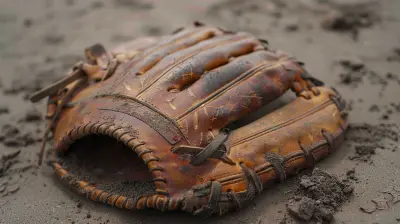The Science of Turf: Natural Grass vs. Synthetic Fields in Stadiums
12 October 2025
When it comes to stadium surfaces, there's always been a bit of a debate: natural grass or synthetic turf? If you've ever found yourself in the stands, watching a game unfold, you might not have given much thought to what's under the players' feet. But trust me, the surface matters—a lot. It's not just about aesthetics; it's about performance, player safety, and even the environment. So, let's dig in (pun intended) and explore the science behind natural grass and synthetic fields. Which one is better, and why do some stadiums swear by one over the other?
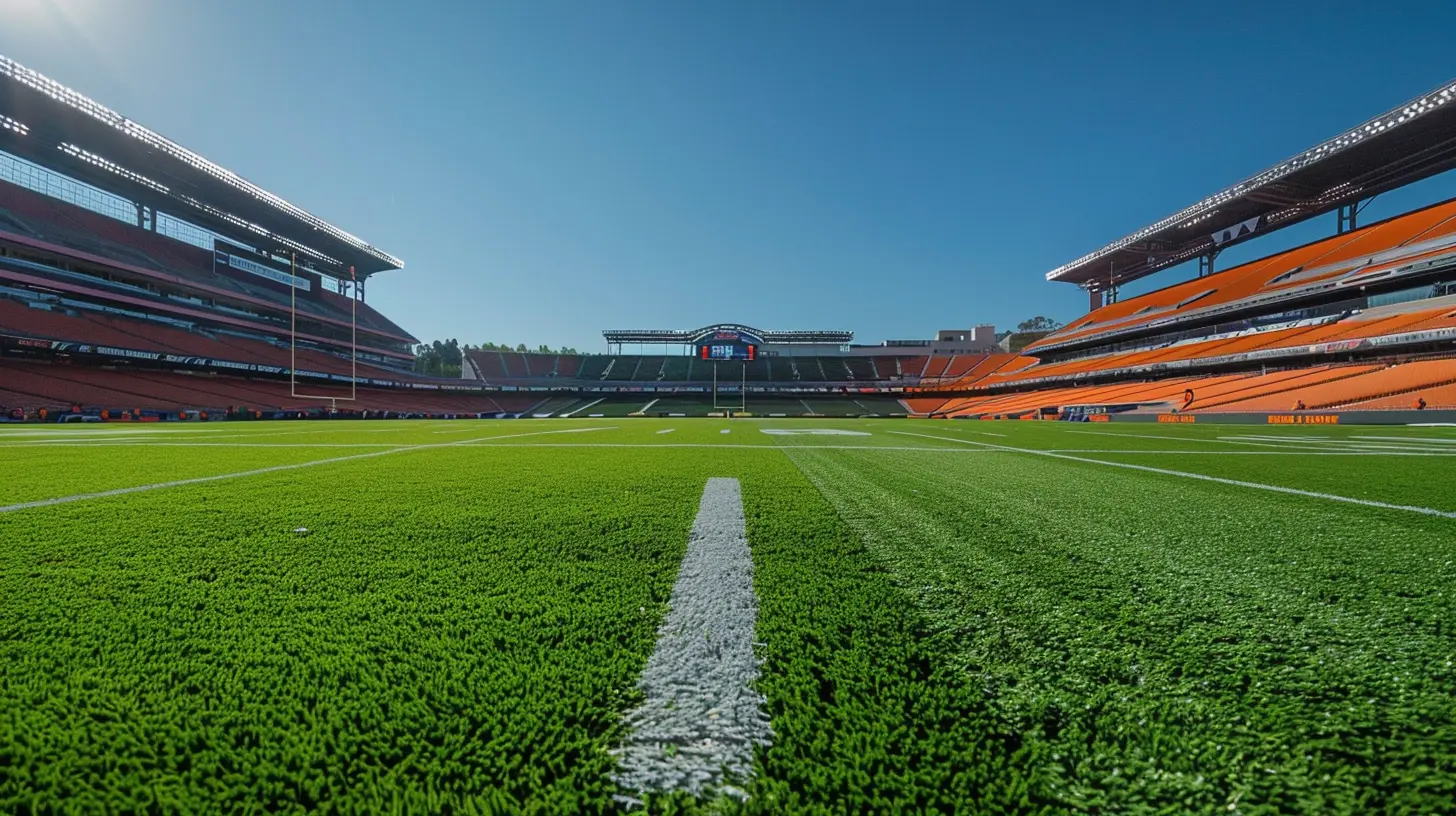
Natural Grass: The OG Playing Surface
A Brief History of Grass Fields
Natural grass fields have been around for as long as people have been playing sports. Think about it—before synthetic turf was even an option, athletes were always playing on good ol' grass. From soccer to American football, rugby to baseball, natural grass has been the go-to surface for many decades, and for good reason.Grass fields are alive—literally. They have roots that grow into the soil, creating a complex system that offers natural cushioning and reduces impact. But it’s not all sunshine and roses when it comes to maintaining these fields. Let’s break it down.
The Pros of Natural Grass
1. Player Comfort: Athletes who play on natural grass often rave about how much more comfortable it feels compared to synthetic turf. Grass has natural give, which helps cushion falls and reduces the stress on joints and muscles. If you’ve ever taken a tumble on turf, you’ll know what I mean—it hurts! Grass, on the other hand, feels softer and more forgiving.2. Reduced Injury Risk: Multiple studies have shown that playing on natural grass can reduce the risk of certain types of injuries, especially non-contact injuries like ACL tears. The natural surface allows for more give underfoot, which can help prevent the kind of awkward twists and turns that lead to injury.
3. Temperature Control: Grass fields stay cooler than synthetic ones. While synthetic turf can reach scorching temperatures under the hot sun (we’re talking upwards of 120 degrees Fahrenheit), natural grass remains relatively cool. Ever tried running on scorching turf? It’s like running on a frying pan!
4. Environmental Benefits: Believe it or not, grass fields are more eco-friendly in certain ways. They absorb carbon dioxide, release oxygen, and even contribute to cooling the environment around them. Plus, they act as natural water filters when it rains, which helps reduce runoff and pollution.
The Challenges of Natural Grass
However, despite all the advantages, maintaining natural grass fields can be a bit of a headache.1. Maintenance Costs: Grass fields need a lot of TLC. Mowing, watering, fertilizing, and re-seeding—these are just a few of the tasks that keep groundskeepers busy. And if the weather doesn't cooperate? Well, that’s when things get tricky. Rain can turn a grass field into a muddy mess, and droughts can kill the turf entirely.
2. Durability: Grass fields can get torn up pretty quickly, especially in high-traffic areas like the center of the field. After just one game, you might notice patches of dirt where grass used to be. This inconsistency can affect gameplay, making it more difficult for players to perform at their best.
3. Weather Dependency: Grass fields are highly dependent on weather conditions. Too much rain, and you've got a swamp. Not enough rain, and the field turns into a dust bowl. And when it's too cold, grass goes dormant, meaning it won’t grow or recover from damage.
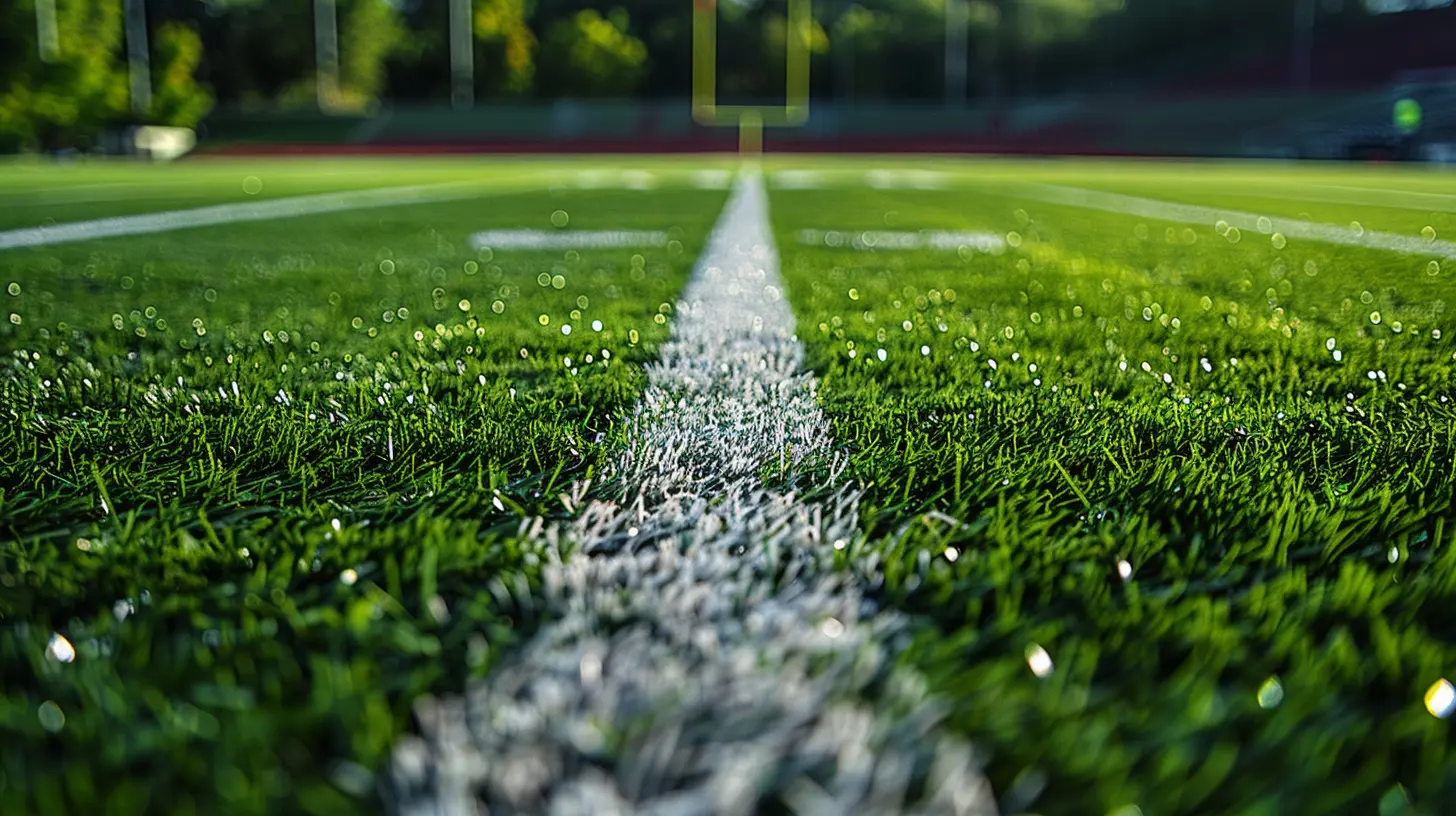
Synthetic Turf: The Modern Contender
The Rise of Artificial Fields
Synthetic turf first made its debut in the 1960s, and since then, it’s come a long way. Early versions were stiff, abrasive, and downright uncomfortable, but today’s artificial fields are designed to mimic the look and feel of real grass as closely as possible. In fact, many athletes and fans can’t even tell the difference until they get up close.So, why have synthetic fields become so popular in recent years? Let's take a look at the science behind these artificial surfaces.
The Benefits of Synthetic Turf
1. Low Maintenance: One of the biggest selling points of synthetic turf is how easy it is to maintain. No mowing, no watering, no fertilizing. Once it’s installed, it requires very little upkeep, other than the occasional brushing or cleaning to keep the fibers standing tall.2. Durability: Unlike natural grass, which can get torn up after a single game, synthetic turf is incredibly durable. It can withstand heavy use without showing much wear and tear, making it ideal for stadiums that host multiple events in a short period of time. Whether it’s a football game on Friday night and a soccer match on Saturday morning, synthetic turf can handle it.
3. Weather Resistance: Synthetic fields aren’t affected by weather conditions the way grass fields are. Rain or shine, hot or cold, the turf remains consistent. This makes it a reliable option for stadiums in areas with extreme weather, where maintaining a natural grass field might be next to impossible.
4. Consistent Play Surface: Because synthetic turf isn’t subject to the same wear and tear as natural grass, it provides a more consistent playing surface. Athletes can expect the field to feel the same from one game to the next, which can make a big difference in performance.
The Drawbacks of Synthetic Turf
But let’s not pretend synthetic turf is perfect. It comes with its own set of issues.1. Injury Risk: While synthetic turf has improved over the years, it’s still not as forgiving as natural grass. Some studies have shown that athletes are more likely to suffer from certain types of injuries, like turf toe and concussions, when playing on synthetic surfaces. The turf doesn’t have the same give as grass, which can lead to more stress on the joints.
2. Heat Retention: Remember how I mentioned earlier that grass fields stay cooler than turf? Well, that’s a major downside to synthetic fields. On a hot day, the surface of synthetic turf can get so hot that it becomes unbearable to play on. In some cases, athletes have reported feeling like their feet are burning through their cleats. Not exactly ideal.
3. Environmental Concerns: While synthetic turf doesn’t require water or fertilizer, it’s not exactly eco-friendly. Most synthetic fields are made from plastic materials, which aren’t biodegradable. Plus, some older versions of turf contain harmful chemicals that can leach into the environment over time.
4. Initial Installation Costs: Installing synthetic turf can be expensive. Although it saves money in the long run due to lower maintenance costs, the upfront investment can be steep. And when it comes time to replace the field (typically every 8-10 years), that’s another big expense.
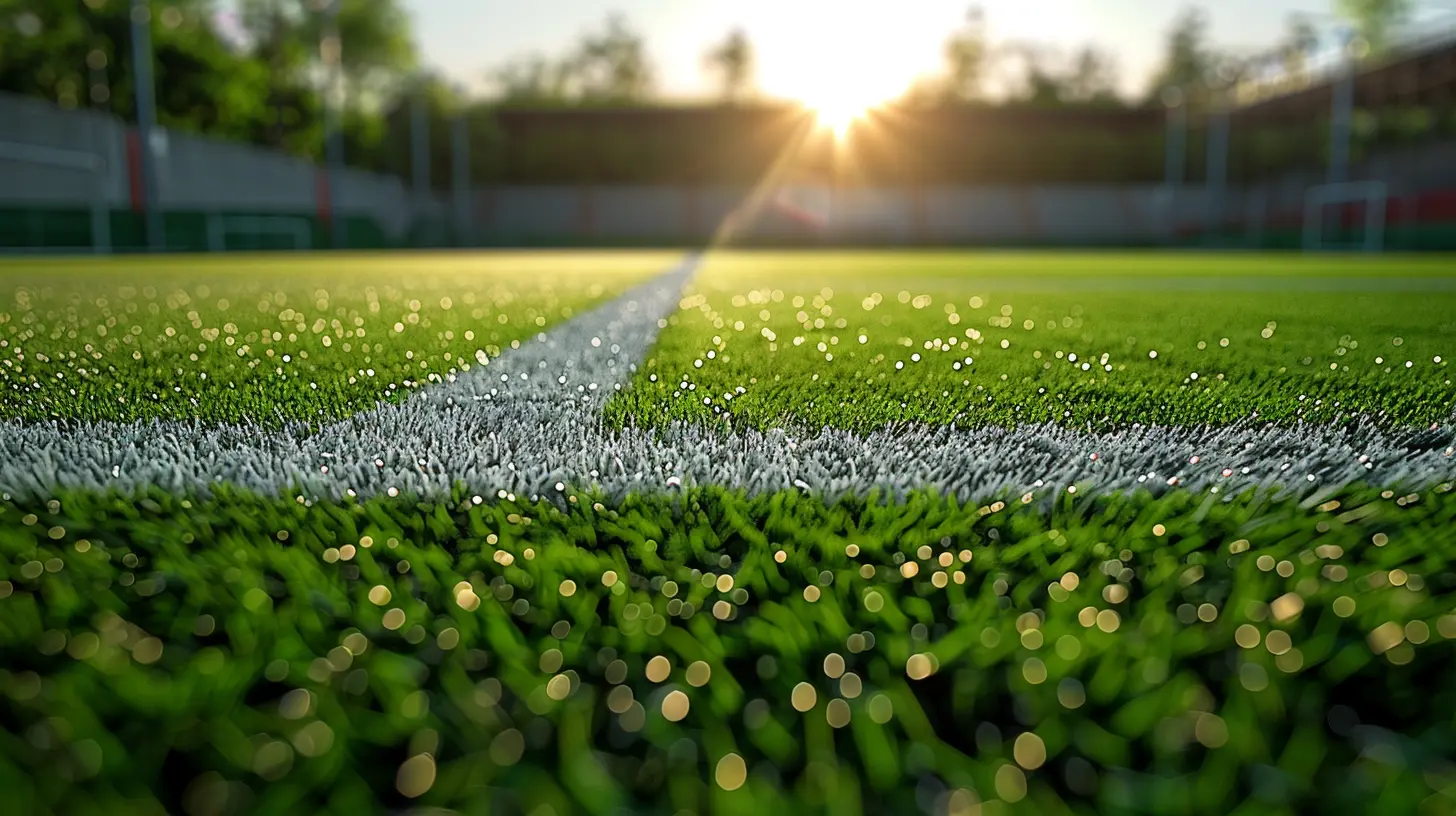
A Side-by-Side Comparison
To make things a little easier, here’s a quick side-by-side comparison of natural grass and synthetic turf:| Feature | Natural Grass | Synthetic Turf |
|----------------------------|--------------------------------|--------------------------------|
| Player Comfort | Softer, more forgiving | Firmer, less give |
| Injury Risk | Lower for some injuries | Higher for certain injuries |
| Maintenance | High (mowing, watering, etc.) | Low (brushing, occasional cleaning) |
| Durability | Wears down quickly | Extremely durable |
| Weather Dependency | Highly dependent on weather | Weather-resistant |
| Environmental Impact | Absorbs CO2, cools air | Made from non-biodegradable materials |
| Cost | Lower upfront, higher maintenance | Higher upfront, lower maintenance |
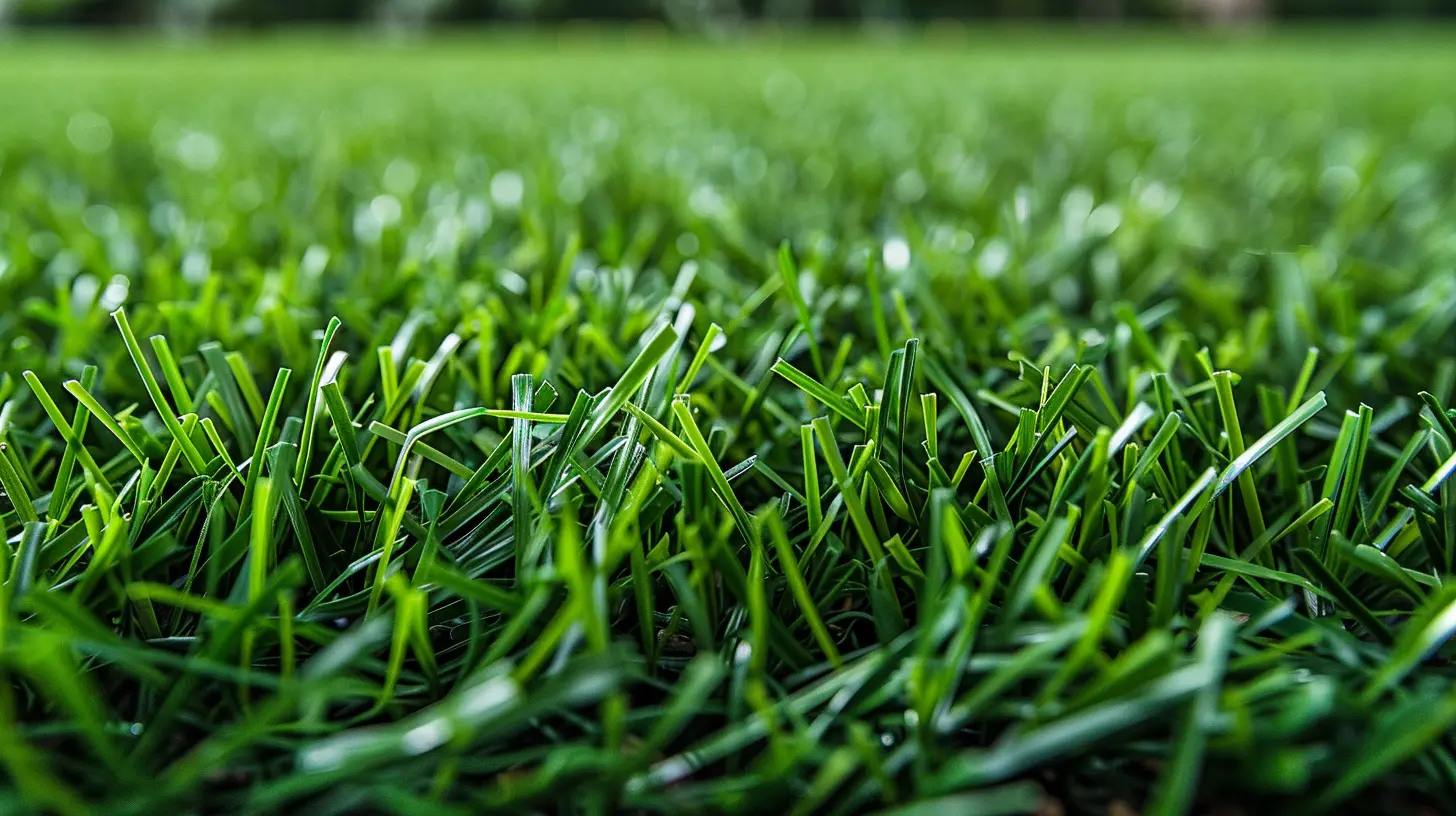
So, Which One Is Better?
At the end of the day, the choice between natural grass and synthetic turf comes down to a few key factors: budget, location, and how often the field will be used. For stadiums in areas with mild climates and ample maintenance budgets, natural grass is often the preferred choice. It’s more comfortable for players, safer in terms of injury risk, and environmentally friendly.On the other hand, synthetic turf is a great option for stadiums that see heavy use or are located in areas with harsh weather conditions. It’s durable, low-maintenance, and offers a consistent playing surface all year round. However, the higher injury risk and heat retention are things to consider.
In the end, there’s no one-size-fits-all answer. It’s like choosing between a sports car and a truck—both have their strengths and weaknesses, and the right choice depends on your specific needs.
Conclusion
The debate between natural grass and synthetic turf isn’t going away anytime soon, and there’s no clear-cut winner. Each surface has its pros and cons, and what works for one stadium might not work for another. Whether you’re a player, a coach, or just a fan, understanding the science behind these surfaces can give you a deeper appreciation for the game—after all, the playing field is just as important as the players on it.all images in this post were generated using AI tools
Category:
StadiumsAuthor:

Umberto Flores
Discussion
rate this article
1 comments
Courtney Mullen
Balancing player safety and performance, turf choice profoundly impacts game dynamics and durability.
November 5, 2025 at 1:11 PM

Umberto Flores
Thank you for your insightful comment! Indeed, the choice of turf plays a crucial role in both player safety and the overall dynamics of the game.


